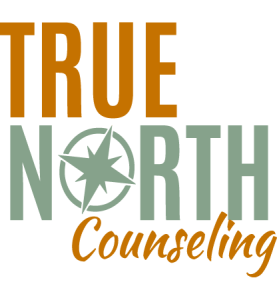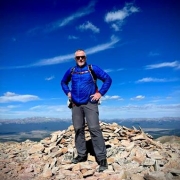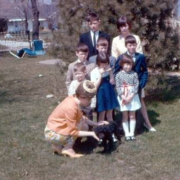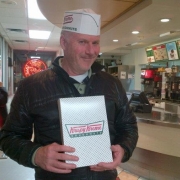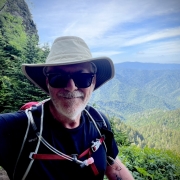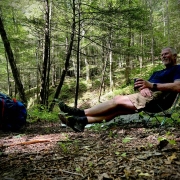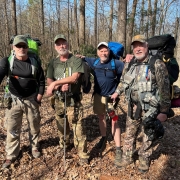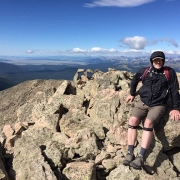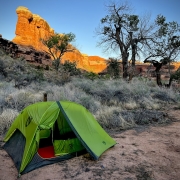Is your Relationship with Food Dysfunctional? | Healthy Aging Series: Season 9, Episode 3
It’s not easy to determine when a relationship with food or even with people is dysfunctional.
Why is that?
First, there are different kinds of relationships. You have friendships, and family relationships,
and romantic partnerships, as well as business partnerships. If you use the amount of intimacy to determine whether they are dysfunctional, many of these would likely be dysfunctional.
Second, there are no assessments to determine what is dysfunctional, especially when it comes to food. We will look at some criteria that will help with this.
Third, there’s a continuum of dysfunctional when it comes to relationships. In other words, your relationship with others, and with food could be mildly dysfunctional or severely dysfunctional.
Of course, there are extreme examples of dysfunctional, which would include abuse, an out-of-balance power differential, conflict, disloyalty, and chronic resentment.
That’s not an exhaustive list, but I hope you get the point.
The Intuition Test
There is an intuitive way of determining whether you’re in a dysfunctional relationship with others or with food, and that is simply to ask, “Are you happy with that relationship?”
If you’re not happy with your relationship, then it’s likely dysfunctional.
Many years ago, one of my mentors shared why their first marriage failed. They had been part of a book club, and we’re reading. “As I Day dying,“ by William Faulkner. Not an easy read. “We separated, because I just didn’t agree with his interpretation of the book.“ I’m guessing that there were many other issues and it’s likely that this was simply the straw that broke the camel’s back.
What does a dysfunctional relationship with food look like? I think the place to start is, are you happy with that relationship.
Ask yourself these questions:
- Am I frustrated by constant overeating and weight gain?
- Am I frustrated that I eat the types of food that I know aren’t good for me?
- Do I feel guilty regularly because I impulse eat?
- Am I dissatisfied with my body? Note: most of us would say yes, but it’s still an important question to ask.
- Do I feel helpless avoiding sweets regularly?
- How do I feel about food?
The answers to these questions provide data points that are more intuitive and would provide insight into the type of relationship that you have with food.
Bio Metrics Tests
What about other more concrete data points? Are there biometrics/biomarkers that indicate that your relationship with food is dysfunctional?
BMI
First, the most obvious biometric would be your BMI. I know, BMI seems to be geared toward insurance companies and their desire to keep people thin, lowering their risk factors for early death, but still, it’s not a bad biometric.
My BMI is over 25. If you look at the weight charts, a BMI over 25 put you in the overweight category. Most people would look at me and laugh if I told them that I was overweight. Yes, I am carrying around some extra fat around my waist, but I also think as you age, you should carry a little bit more fat. In fact, having a lower BMI can create a situation that put you at risk for some neurological disorders. I’ll share more about that later when I share some other neurological disorders.
Having said that, if you have a BMI of over 30, you are likely overweight. Some charts would even put you at obese. So, one biometric that would indicate a dysfunctional relationship with food would be your BMI.
Type 2 Diabetes
Second, Type 2 Diabetes, or an elevated A1C. Typically, Type 2 Diabetes is an insulin-resistance metabolic disorder, and it is most likely the result of a dysfunctional relationship with food. I know there are exceptions, but, if you have a high A1C, or have been diagnosed with either pre-Type 2 Diabetes, or Type 2 Diabetes, you need to seriously consider changing your relationship with food. We all have a love affair with sugar. But that love affair is killing you.
Blood Work
Third, blood work. I see my doctor twice a year and she orders bloodwork once a year. Sometimes twice depending on the results from the previous bloodwork. I don’t want to get into the details here because I’m not a medical professional, but your bloodwork is likely to indicate whether your relationship with food is dysfunctional. This would include things like your blood glucose levels, triglycerides, and HDL\LDL cholesterol results.
Your blood work will not lie about whether you have a dysfunctional relationship with food. Just ask it. And then listen.
I know there’s a lot of controversy around a lot of these types of measurements and biometrics, but they reflect what you eat. My close friend, Sam, is constantly reminding me of Barry Sears’ book, “The Zone,” and likes to point out that Barry Sears sees food as medicine. I like that comparison. But I also like looking at the relationship I have with food. Dysfunctional relationships with people often display physical markers, unfortunately. And your dysfunctional relationship with food will show up in your blood work .
Vascular Screening
Fourth, vascular screening. About three years ago my doctor recommended a vascular screening because my cholesterol was indicating that I was at a high risk for a cardiac event within the next 10 years. There’s a lot of controversy about cholesterol and longevity, and the need for statins, but I want to respect her advice, so I agreed to the vascular screening. The vascular screening is rated from 0 to 400. My vascular screening was below 100, probably in the 30 range so it put me at mild risk for cardiac event. Therefore, she said that she would simply recommend a Staten but would not push it. Vascular screenings are another biometric that indicate the relationship that you have with food. It looks at blood flow through your carotid arteries and how much calcium or plaque is built up in and around your heart. If you want to know if your relationship with food is dysfunctional, a vascular screening might help.
Your Fitness Level
Fifth, although your level of fitness is not directly tied to your relationship with food, your relationship with food can influence your total level of fitness. So, it might be a good biometric to test yourself physically to see where you are. Here is a link for an online fitness test from the Mayo Clinic: https://www.mayoclinic.org/healthy-lifestyle/fitness/in-depth/fitness/art-20046433
My Fitness Biomarkers
I have a couple of fitness exams that I give myself. One is in the Smoky Mountains. I hike Mount LeConte each summer and then ask myself, “How did I do?” The other test I put myself through is a hike in Colorado near my son’s home called The Manitou Incline. It’s a 1-mile hike which has an elevation gain of 2000 feet. I generally can do it in 75 minutes. I might add the Grand Canyon as well. I do a general assessment of myself after hiking out of the Grand Canyon to determine my level of fitness. These “test“ indicate how well am I taking care of my body. There isn’t much difference in having a dysfunctional relationship with food. A dysfunctional relationship with food generally would indicate that you’re not taking care of your body.
Sugar, Salt, Saturated Fat
Six, your choice of foods. Fat. Salt. Sugar. I’ve read a lot about all three of these macro and micronutrients. Sometimes, hanging out with people can be dysfunctional, even though we enjoy their company at times. I think the same thing holds true for food. Salt, sugar, and fat make us feel good. They make everything taste better. Unfortunately, they aren’t good friends. Sugar for sure. Saturated fats as well. And excessive amount of salt is unhealthy. If you regularly choose to “hang out“ with these foods, it’s likely that you have a dysfunctional relationship with food.
OK, that’s a good starting point. Is your relationship with food dysfunctional???
The next question that I want to ask, which I’ll answer in Episode 5, is: Why is it so difficult to break up with food?
To read more entries in the Healthy Aging series, click here.
